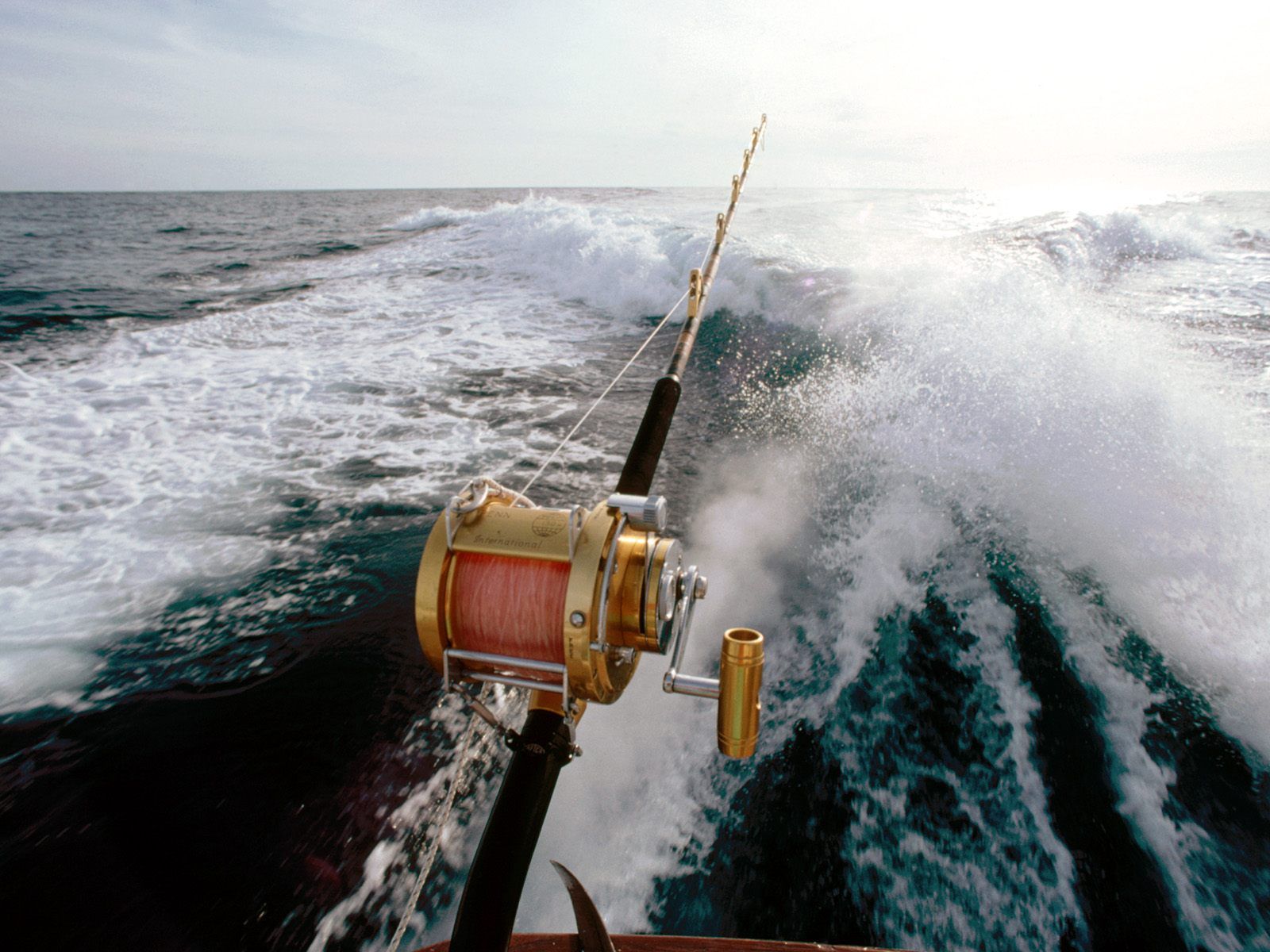 Another boat fishing technique that is very successful, especially in summer and early autumn, is trolling.
Another boat fishing technique that is very successful, especially in summer and early autumn, is trolling.
On Pesca Fishing Shop you can buy all the rods and reels you need to equip your boat .
The luck of this way of fishing is that the movement of the bait makes it easier to return to land “not empty handed”. Obviously, as in all ways of fishing, those with experience and good equipment make the difference; however, a cork “square” and a filosa may be sufficient to start.
Tombarelli, mahi mahi, tuna fish
Since this article is dedicated to those who are approaching fishing, we will focus above all on that specific trolling technique that is most practiced by beginners, namely coastal surface trolling. The basic principle of this fishing lies in lowering behind the moving boat, in the wake of the engines, one or more lines armed with artificial lures, pulling them to the surface at moderate speeds (between 3-4 knots of the smallest baits to 10 kona and lead-headed feathers).
The prey that can bite range from the tombarello (to which a large article is dedicated starting from page 64) to the colorful dolphin fish, passing through lanzardi, skipjack, tuna, barracuda, bluefish, garfish, glances. As anticipated, to get closer to trolling even a pair of cork (or EVA) bolts wrapped with about fifty meters of monofilament with a diameter of 0.60 can go. To this main line we will connect a swivel and then a piece of transparent nylon (the terminal) that will bring the artificial bait. According to the artificial bait used and the fish we want to catch, we will choose the thickness of the hooklink: we can go from 0,20-0,22 for the fishing of the glances, using a small undulating spoon as bait, to get up to 0 , 50 for fishing on alletterati feeds.
With these fish, however, a pair of close-fitting fabric gloves will not be too much, to protect our hands from cuts and burns (due to the flow of the thread). To this main line we will connect a swivel and then a piece of transparent nylon (the terminal) that will bring the artificial bait. According to the artificial bait used and the fish we want to catch, we will choose the thickness of the hooklink: we can go from 0,20-0,22 for the fishing of the glances, using a small undulating spoon as bait, to get up to 0 , 50 for fishing on alletterati feeds. With these fish, however, a pair of close-fitting fabric gloves will not be too much, to protect our hands from cuts and burns (due to the flow of the thread). To this main line we will connect a swivel and then a piece of transparent nylon (the terminal) that will bring the artificial bait. According to the artificial bait used and the fish we want to catch, we will choose the thickness of the hooklink: we can go from 0,20-0,22 for the fishing of the glances, using a small undulating spoon as bait, to get up to 0 , 50 for fishing on alletterati feeds. With these fish,
however, a pair of close-fitting fabric gloves will not be too much, to protect our hands from cuts and burns (due to the flow of the thread). 22 for fishing for glances, using a small undulating spoon as bait, to get up to 0.50 for fishing on alletterati mangle. With these fish, however, a pair of close-fitting fabric gloves will not be too much, to protect our hands from cuts and burns (due to the flow of the thread). 22 for fishing for glances, using a small undulating spoon as bait, to get up to 0.50 for fishing on alletterati mangle. With these fish, however, a pair of close-fitting fabric gloves will not be too much, to protect our hands from cuts and burns (due to the flow of the thread).
Reduce tangles
In order to fish well it will be essential that the lines we put in fishing tow without tangling with each other. For this it is good to keep them one on one side of the boat and the other close to the opposite side. If we are talking about hand lines we will necessarily have to hold them tightly in the hands, or to fix them to the edge with a resistant elastic making sure that, in case of breakage of the same, the reel cannot be dragged into the water. Obviously, the use of special rods will help to further space the lines. To reduce the risk of tangles, however, it is good to lower the lures at different distances and make sure that one of the two lines (at least two) fish at a greater depth. To do this we can use a particular type of lure, for example a super sinking minnow,

 Learning and starting fishing is less complicated than it may seem, especially if this is done with the right start. Here are useful tips to learn how to fish in the sea from the boat with the main techniques in use, such as: bottom fishing, trolling, longline, spinning, live kab, inchiku and vertical fishing
Learning and starting fishing is less complicated than it may seem, especially if this is done with the right start. Here are useful tips to learn how to fish in the sea from the boat with the main techniques in use, such as: bottom fishing, trolling, longline, spinning, live kab, inchiku and vertical fishing